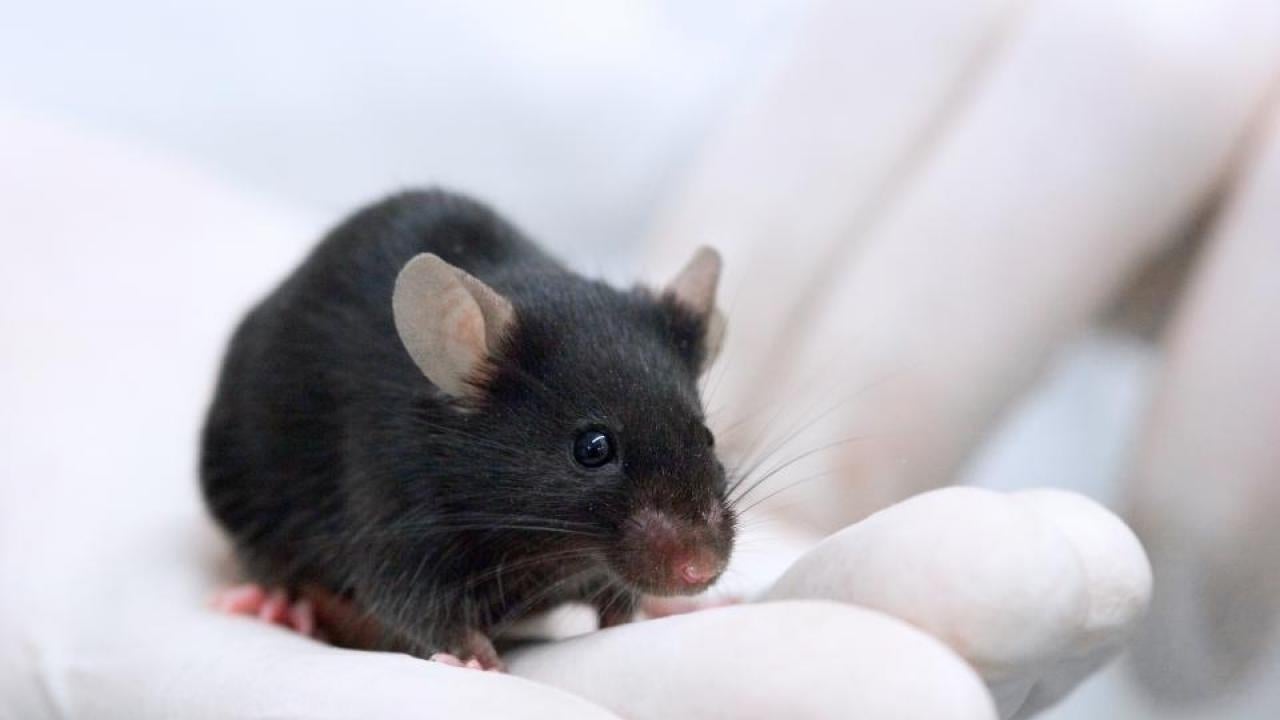The University of California, Davis, has been awarded just over $12 million from the National Institutes of Health under the third and final five-year phase of the Knockout Mouse Phenotyping Project, or KOMP2. UC Davis is the lead organization in a consortium involving a partnership with The Centre for Phenogenomics in Toronto.
“Knockout” mice are bred in a laboratory with specific genes silenced or “knocked out.” These mice have been valuable tools for fundamental research on a wide range of diseases and conditions.
The goal of this final phase of KOMP2 is to produce and phenotype hundreds of knockout mouse models for genes with little to no known function, in an effort to better understand the genetic bases for diseases in humans and animals, said principal investigator Kent Lloyd, professor in the Department of Surgery in the UC Davis School of Medicine and director of the UC Davis Mouse Biology Program.
For the last 24 years, the UC Davis Mouse Biology Program has been a global leader in innovation and translational research to develop and optimize mouse models of human and animal disease. For example, knockout mice developed through the program have helped identify genes related to eye disease and autism spectrum disorder.
International effort on mouse models of disease
The Jackson Laboratory in Bar Harbor, Maine, and a consortium led by Baylor College of Medicine in Houston, also received separate NIH awards under this phase of the KOMP2 program. All three awardees will continue to participate in the International Mouse Phenotyping Consortium (IMPC) of 21 institutions in 15 countries that have, to date, produced and studied over 8,000 knockout mouse lines, including models for human diseases ranging from Parkinson’s disease to cancer.
Gene knockout mice exist for about 75% of the corresponding genes in the human genome, Lloyd said. The new KOMP2 awards and collaborative efforts by other IMPC members over the next five years will increase this close to 100%, he said.
Over the past 10 years, 3,000 unique knockout mouse lines produced by IMPC members have been shared with the research community and used in 4,676 published papers to date.
Finding the function of every gene
“As the flagship project in the NIH KOMP2 program, UC Davis has built a solid reputation of providing innovative approaches and next-generation strategies to catalyze and accelerate the development of genetically altered mouse models for biomedical research,” Lloyd said. “Our team is excited to continue our participation and leadership in the KOMP2 and IMPC to assist researchers, translational investigators and clinician scientists identify, access and use the most appropriate mouse models to study functional genomics in health and disease.”
The NIH initially funded the Knockout Mouse Project, a consortium including UC Davis and other partners, in 2006. The project was renewed in 2011 and again in 2016.
Media Resources
Media Contacts:
- Kent Lloyd, UC Davis Mouse Biology Program, kclloyd@ucdavis.edu
- Andy Fell, News and Media Relations, 530-304-8888, ahfell@ucdavis.edu
